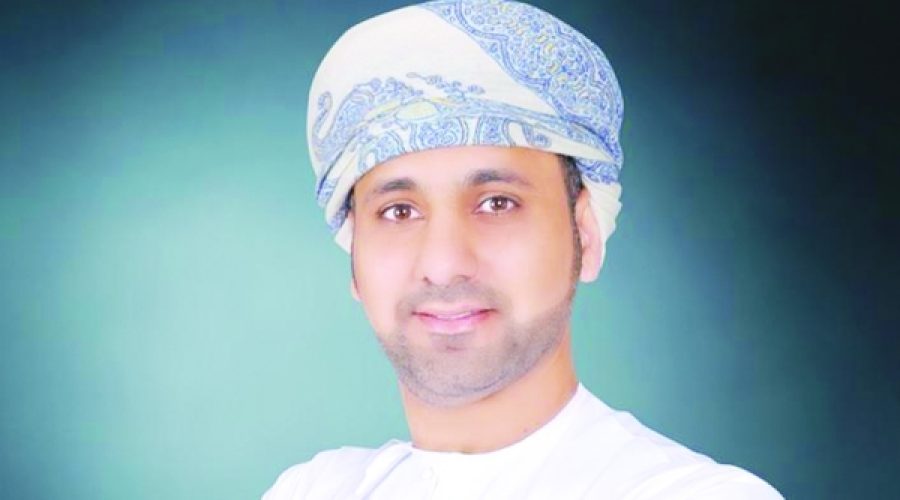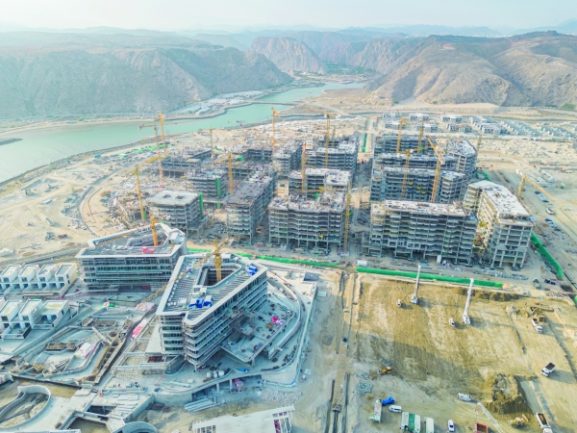Procurement and Facilities Management: Key Strategies to Enhance Institutional Efficiency and Boost Your Business in Oman
MUSCAT: The roles of procurement and facilities management have evolved from auxiliary functions to crucial drivers of operational sustainability, cost optimization, and service excellence within institutions. This perspective is highlighted in a recent discussion with Rashid al Masrouri, a noted Omani expert in the field, who offers valuable insights into the changing landscape of institutional infrastructure management in Oman’s public and private sectors.
Al Masrouri emphasizes that there is an urgent need for a paradigm shift in how these functions are viewed. He states, “Facilities management is the invisible hand that keeps institutions functional, while procurement serves as the economic artery that ensures continuity and value.” He asserts that when facilities management and procurement are strategically aligned, they can lead to significant and measurable performance improvements.
Despite a growing awareness of their importance, Al Masrouri notes that several challenges remain. These include outdated views on support services, fragmented processes between operations and procurement, delayed digital integration, and a scarcity of locally trained professionals. He remarked, “These departments are often regarded as administrative burdens, but they are actually vital for the long-term sustainability of institutions.”
He believes Oman possesses the infrastructure and ambition necessary to modernize these areas. However, success hinges on evolving organizational cultures. “Digital tools such as Computer-Aided Facility Management (CAFM) and Enterprise Resource Planning (ERP) systems are most effective when they are integrated within a progressive governance model that empowers decision-makers.”
On the subject of procurement modernization, Al Masrouri identifies three key priorities:
- Complete automation of workflows to enhance transparency and minimize delays.
- Establishment of clear policies that promote fair competition and value-for-money contracting.
- Creation of a national supplier database to monitor performance and facilitate strategic sourcing.
Additionally, he advocates for performance-based contracts and cost-benefit analyses to become standard practices in both public and private sectors. “The system should reward outcomes rather than mere compliance,” he added.
Regarding Omani talent, Al Masrouri expresses confidence in the capabilities of the younger generation but emphasizes the need for more practical training, international certification programs such as CIPS and IFMA, and established career progression pathways. “In this sector, real-world problem-solving skills are just as essential as academic credentials.”
He concluded with a call to action: “Leaders in both government and private sectors need to reconsider their perceptions of these functions. Investing in procurement and facilities management is not a cost; it is an investment in operational resilience, public value, and national development.”
As Oman continues to pursue its Vision 2040 objectives, enhancing institutional effectiveness and sustainability will remain a top priority. Experts like Al Masrouri remind us that the foundation of strategic efficiency often lies in the functions that may go unnoticed, yet are fundamental to our operations.
Special Analysis by Omanet | Navigate Oman’s Market
The emphasis on strategic facilities management and procurement as essential drivers of operational sustainability presents significant opportunities for businesses in Oman to enhance efficiency and competitive advantage. However, the risks associated with lagging digital integration and a lack of skilled labor must be addressed swiftly to avoid operational inefficiencies. Investors and entrepreneurs should prioritize investments in digital tools and training programs to align with Oman’s Vision 2040 goals and harness the latent potential in these critical sectors.



